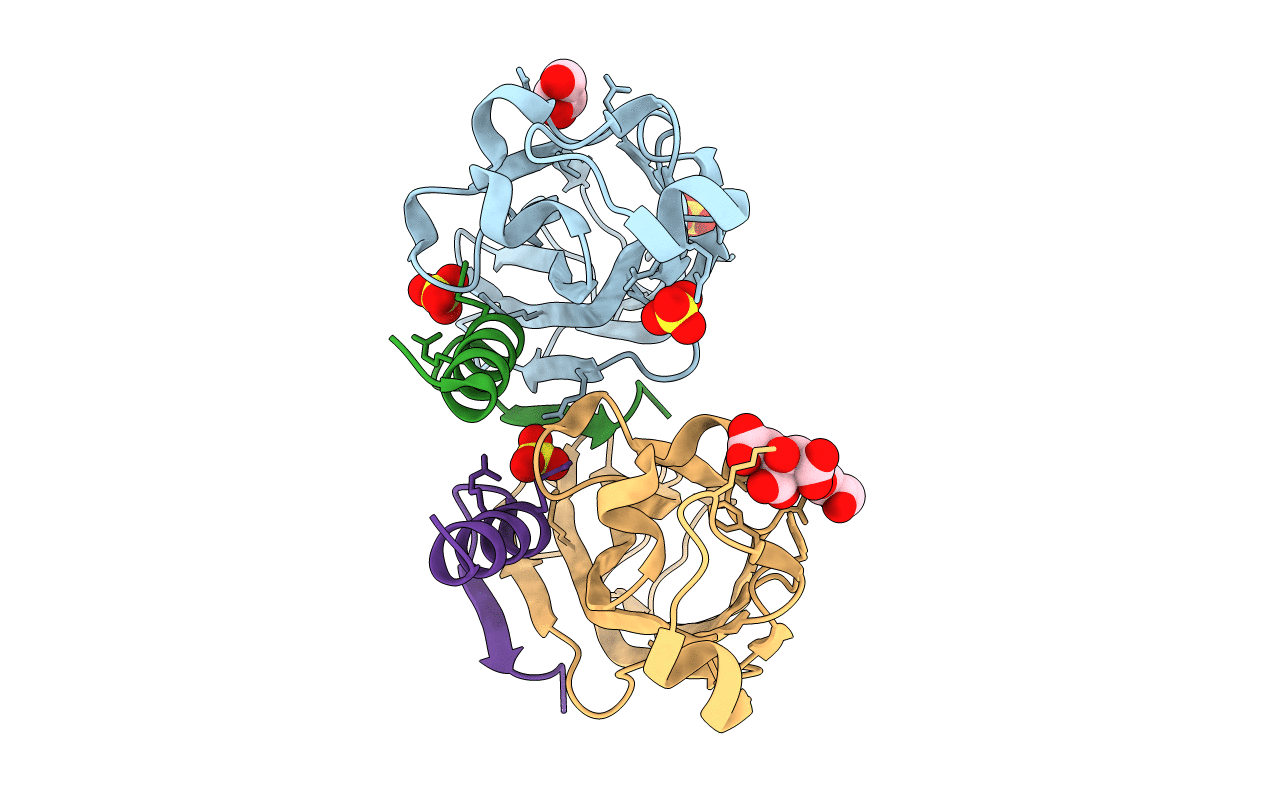
Deposition Date
2017-11-20
Release Date
2019-06-12
Last Version Date
2024-01-17
Method Details:
Experimental Method:
Resolution:
1.98 Å
R-Value Free:
0.24
R-Value Work:
0.19
R-Value Observed:
0.19
Space Group:
P 63 2 2


